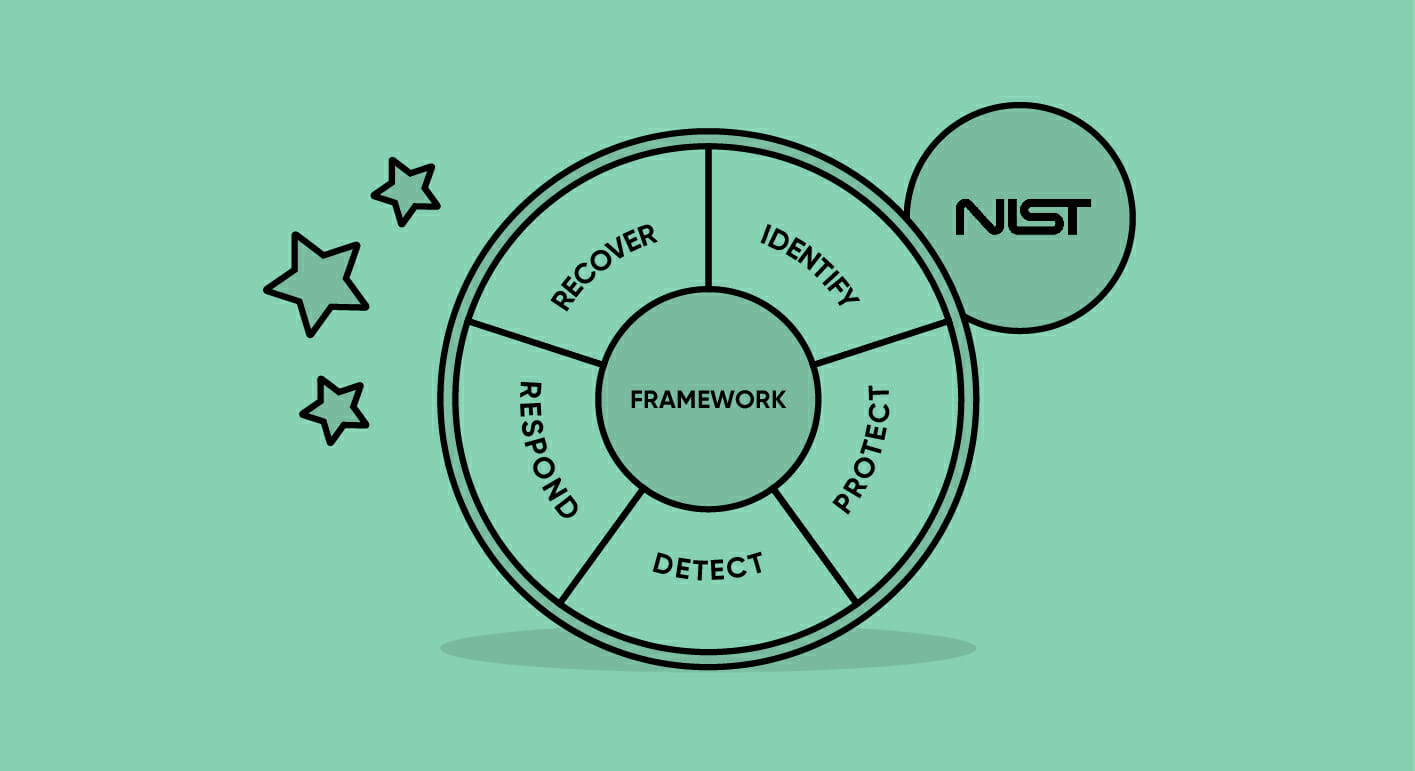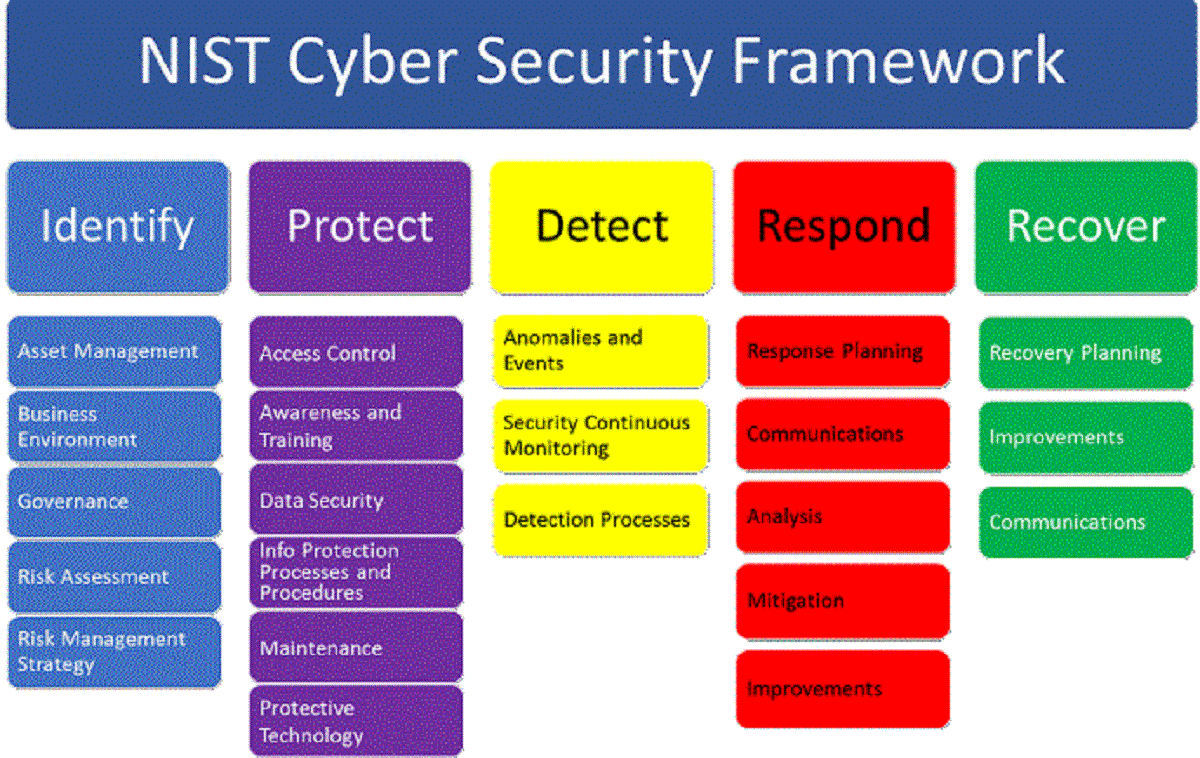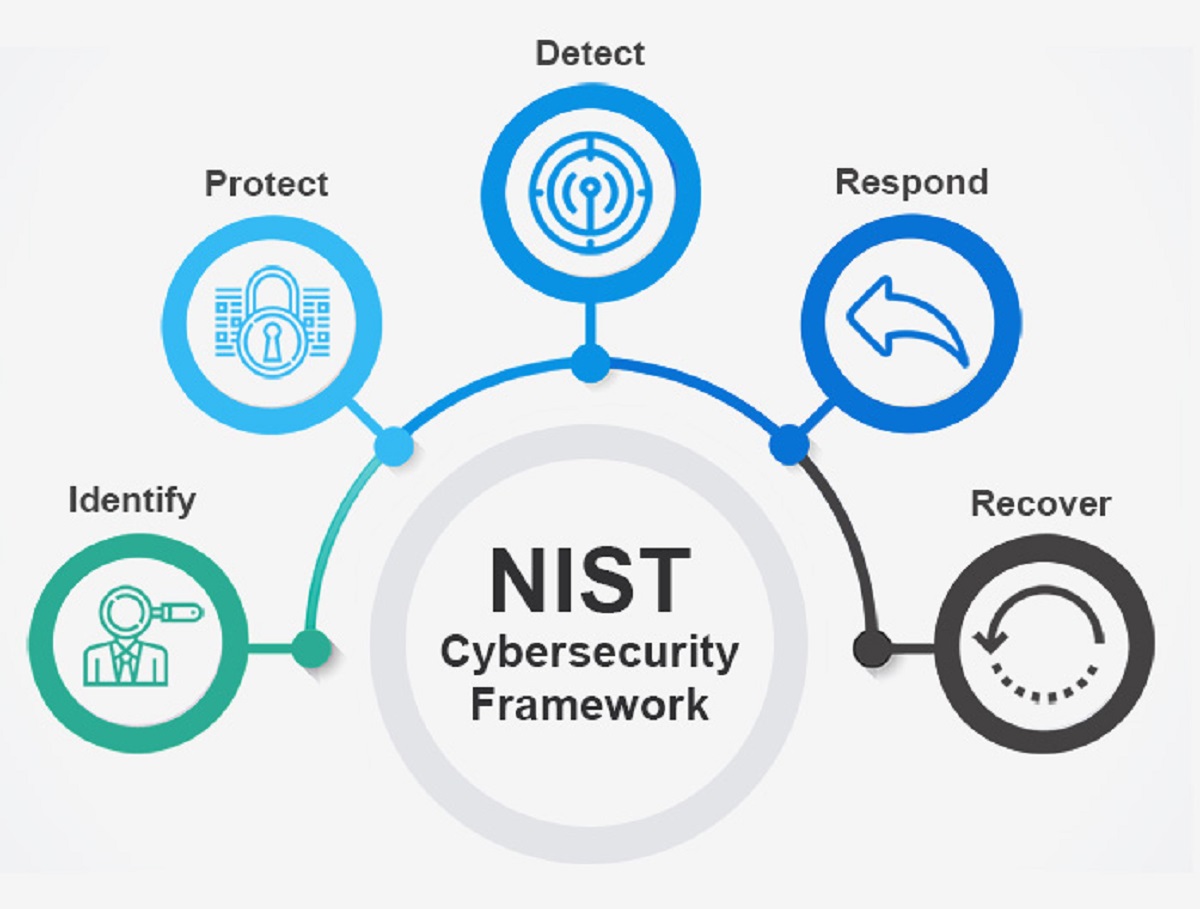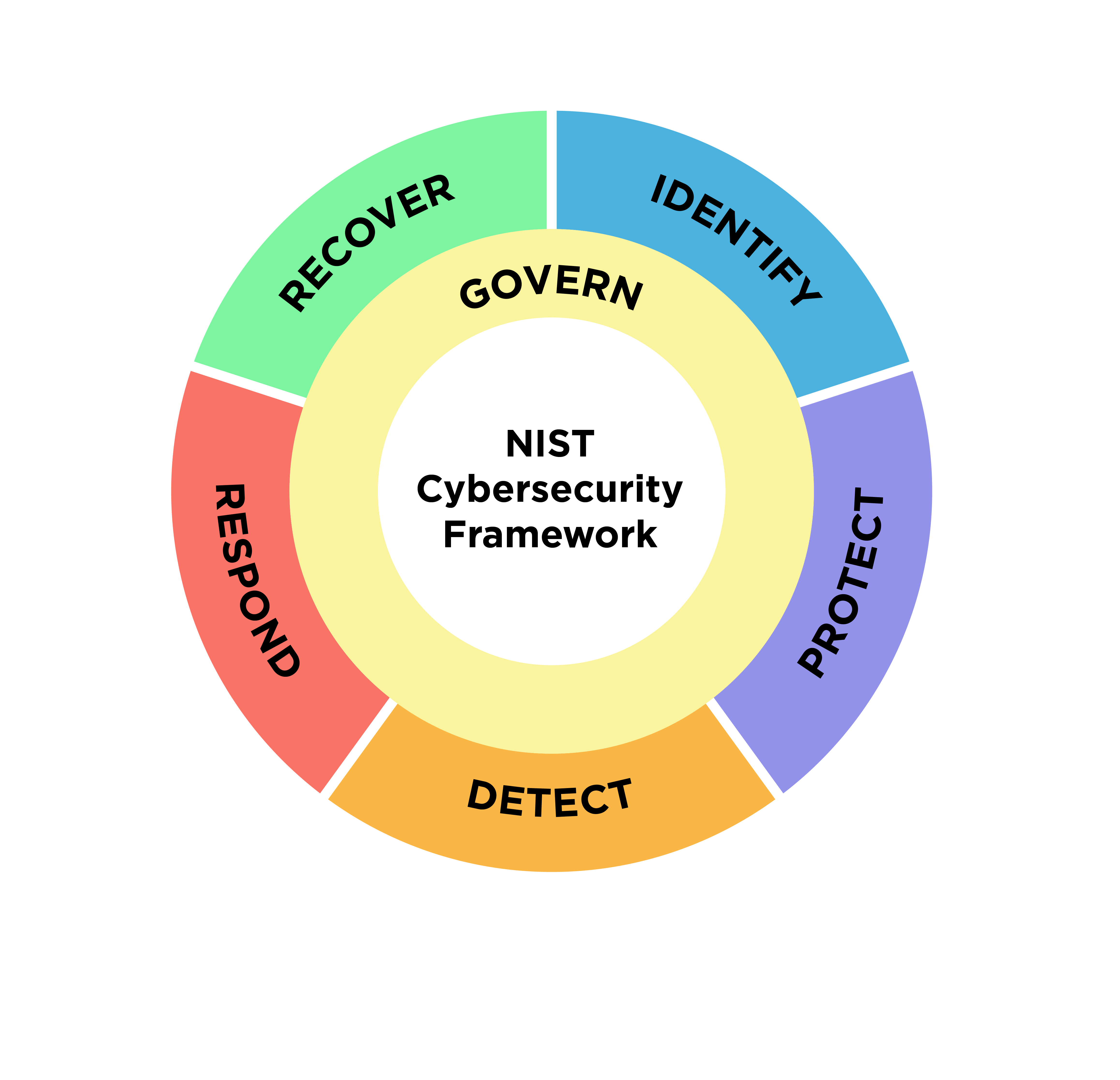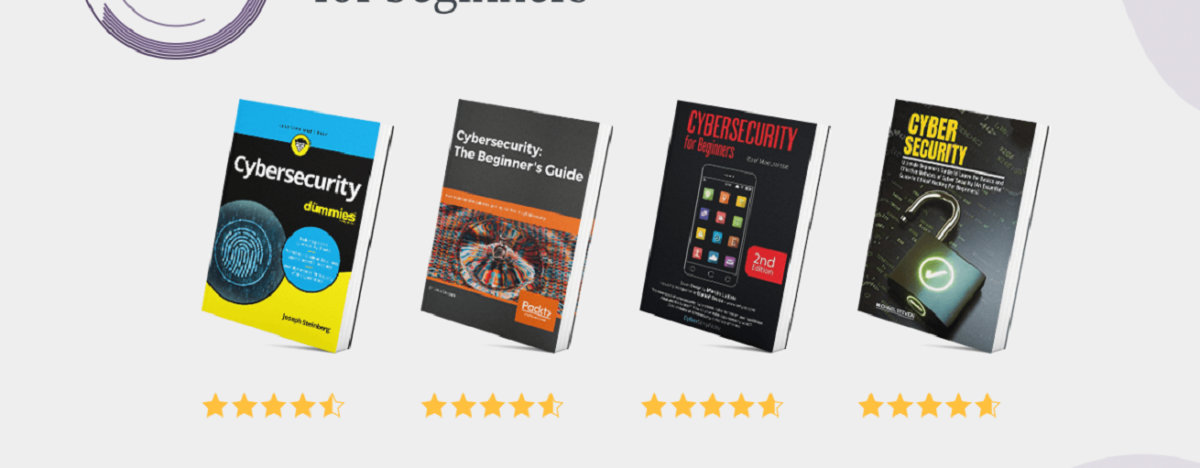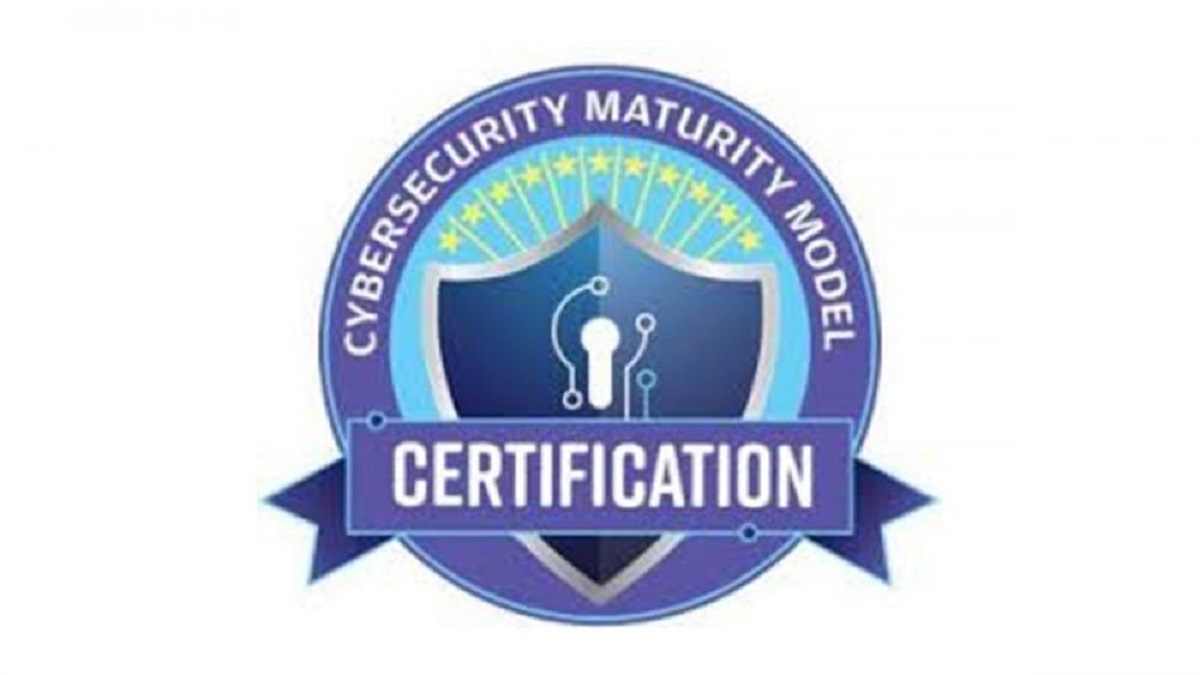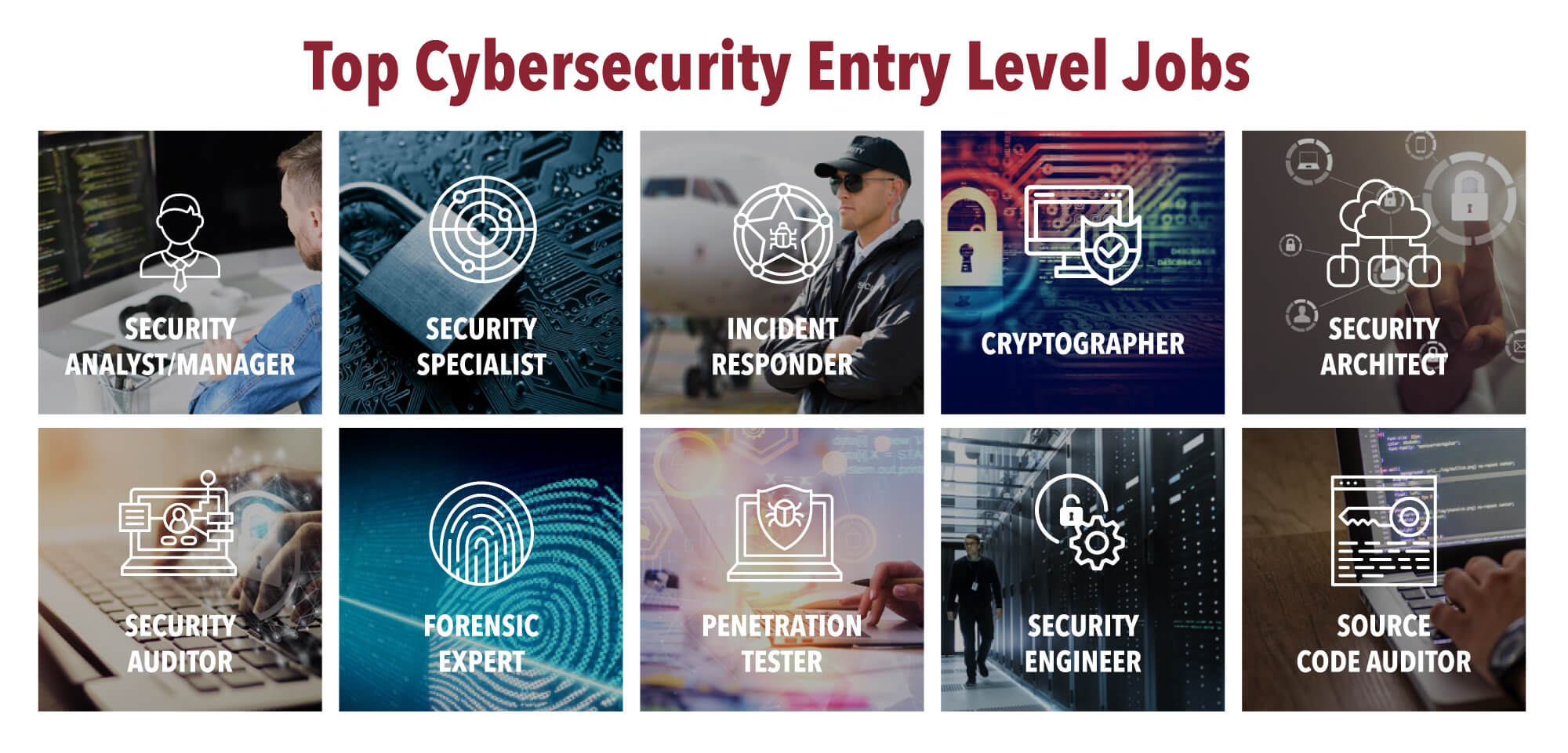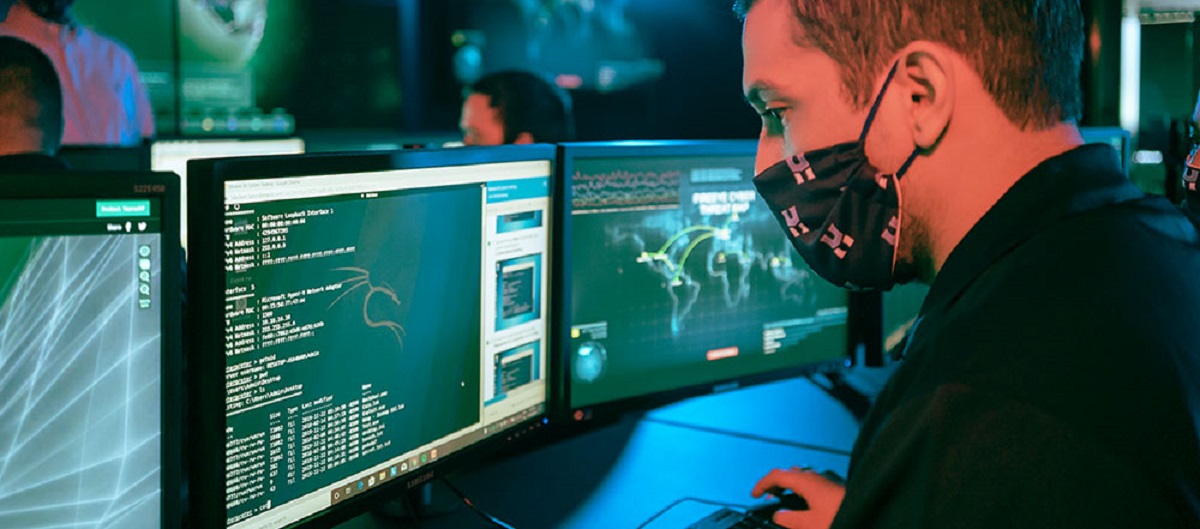Introduction
Welcome to the world of cybersecurity, where every organization, big or small, faces the constant threat of cyber attacks. As technology continues to advance, ensuring the protection of sensitive data and systems becomes increasingly challenging. That’s where the NIST Cybersecurity Framework comes into play.
The National Institute of Standards and Technology (NIST) developed the Cybersecurity Framework as a comprehensive set of guidelines to help organizations manage and mitigate cyber risks effectively. The framework consists of five core functions: Identify, Protect, Detect, Respond, and Recover. In this article, we will delve into the second core function, Protect (PR), and understand its significance in safeguarding organizational assets.
The Protect (PR) function of the NIST Cybersecurity Framework focuses on implementing measures to prevent or diminish the impact of a cybersecurity incident. It encompasses a range of activities aimed at ensuring the confidentiality, integrity, and availability of critical systems and data.
By implementing the Protect (PR) function, organizations can create a robust defense against potential threats and minimize vulnerabilities. It involves the implementation of safeguards, protective measures, and countermeasures to mitigate risks and reduce the likelihood of a successful attack.
The Protect (PR) function works hand-in-hand with the other core functions of the NIST Cybersecurity Framework. For example, the Identify function helps organizations understand their assets and the associated risks, which provides valuable insights for implementing appropriate protection measures.
Throughout this article, we will explore the key components of the Protect (PR) function, its role in cybersecurity, best practices for its implementation, and the challenges organizations may encounter. By the end of this article, you will have a solid grasp of the importance of the Protect (PR) function and how it contributes to an effective cybersecurity strategy.
Overview of the NIST Cybersecurity Framework
The NIST Cybersecurity Framework serves as a critical framework that organizations can adopt to assess and strengthen their cybersecurity posture. It was developed by the National Institute of Standards and Technology (NIST) in response to the growing threats and challenges faced by both public and private sector entities.
The framework consists of five core functions: Identify, Protect, Detect, Respond, and Recover. Each function plays a crucial role in establishing a holistic approach to managing and mitigating cyber risks.
The first core function is Identify, which focuses on understanding the impact of cyber risks on an organization’s assets, systems, and operations. By identifying and categorizing critical assets, as well as assessing the associated risks, organizations gain a clear picture of their vulnerabilities and can prioritize their protection efforts.
The Protect function, which is the focus of this article, aims to establish safeguards to ensure the security and resilience of critical assets. It involves implementing protective measures to prevent unauthorized access, provide secure communications, and protect against potential threats.
The third core function, Detect, focuses on continuously monitoring systems and networks to quickly detect and respond to cybersecurity incidents. This function includes activities such as real-time threat intelligence, system monitoring, and vulnerability scanning.
The Respond function deals with the actions taken by an organization to respond effectively to a cybersecurity incident. It involves developing an incident response plan, conducting threat hunting, and executing the necessary steps to contain and mitigate the impact of an incident.
The final core function, Recover, is focused on restoring normal operations after a cybersecurity incident. This includes activities such as data restoration, system recovery, and conducting lessons learned sessions to improve the organization’s resilience.
The NIST Cybersecurity Framework provides a flexible and scalable approach for organizations of all sizes and sectors to enhance their cybersecurity posture. By aligning their cybersecurity initiatives with the framework, organizations can establish a proactive and structured approach to cybersecurity management.
Throughout the rest of this article, we will explore the Protect (PR) function in detail, understanding its key components, benefits, implementation best practices, and the challenges organizations may face. By gaining insights into the Protect (PR) function, organizations can strengthen their defenses and minimize the risks associated with cyber attacks.
Understanding the Protect (PR) Function
The Protect (PR) function of the NIST Cybersecurity Framework plays a vital role in safeguarding an organization’s critical assets and ensuring the continuity of operations. It focuses on implementing measures to prevent or minimize the impact of a cybersecurity incident.
At its core, the Protect (PR) function aims to establish a strong defense system that safeguards the confidentiality, integrity, and availability of an organization’s data, systems, and infrastructure. It involves the implementation of protective measures, safeguards, and countermeasures to mitigate risks and reduce the likelihood of successful attacks.
The Protect (PR) function encompasses a wide range of activities, including access control, awareness training, data security, and security architecture. Let’s take a closer look at some key components of the Protect (PR) function:
- Access Control: Access control measures ensure that only authorized individuals have permissions to access specific resources. This includes implementing strong password policies, multi-factor authentication, and role-based access controls to prevent unauthorized access.
- Physical Security: Physical security measures involve protecting the physical infrastructure of an organization, such as data centers and server rooms. This includes implementing surveillance systems, access control systems, and environmental controls to prevent unauthorized physical access.
- Data Security: Data security is crucial to protect sensitive information from unauthorized access or disclosure. It involves encrypting data both in transit and at rest, implementing data loss prevention measures, and establishing proper data handling and disposal procedures.
- Security Awareness Training: Educating employees about cybersecurity best practices is essential in mitigating human-related risks. By providing regular security awareness training, organizations can empower employees to recognize and respond to potential threats, such as phishing emails or suspicious activities.
- Security Architecture: A robust security architecture ensures that the organization’s systems, networks, and applications are designed and implemented with security in mind. This includes implementing firewalls, intrusion detection systems, and secure network configurations.
The Protect (PR) function works in synergy with the other core functions of the NIST Cybersecurity Framework. For example, the information gathered during the Identify function helps in prioritizing protection efforts and determining the appropriate protective measures to implement.
By diligently implementing the Protect (PR) function, organizations can significantly reduce their vulnerability to cyber threats. It provides a proactive approach to cybersecurity by establishing preventive measures that hinder attackers’ ability to exploit vulnerabilities.
Next, we will explore the benefits of implementing the Protect (PR) function and how it contributes to an organization’s overall cybersecurity strategy.
Benefits of the Protect (PR) Function
The Protect (PR) function of the NIST Cybersecurity Framework offers numerous benefits to organizations seeking to enhance their cybersecurity posture. By implementing protective measures and safeguards, organizations can mitigate risks, protect critical assets, and maintain the trust of their stakeholders. Let’s explore some of the key benefits of the Protect (PR) function:
- Risk Mitigation: The Protect (PR) function helps organizations identify and implement measures to mitigate potential risks. By establishing access controls, data encryption, and physical security measures, organizations can effectively reduce the likelihood and impact of potential cyber threats.
- Asset Protection: Protecting critical assets, such as sensitive data, intellectual property, and infrastructure, is crucial for the continued operations of an organization. The Protect (PR) function ensures the confidentiality, integrity, and availability of these assets, safeguarding against unauthorized access or alteration.
- Compliance with Regulations: Implementing the Protect (PR) function assists organizations in meeting various regulatory requirements. Many industries have specific data security and privacy regulations, and by implementing the recommended protective measures, organizations can ensure compliance and avoid potential legal and financial consequences.
- Enhanced Trust and Reputation: By actively implementing security measures and protecting sensitive information, organizations can enhance trust among their customers, partners, and stakeholders. This, in turn, helps maintain a positive reputation and can lead to increased customer loyalty and business opportunities.
- Improved Incident Response: The Protect (PR) function is closely intertwined with incident response capabilities. By implementing appropriate safeguards and countermeasures, organizations can minimize the impact of cyber incidents and respond more effectively. This includes timely identification of incidents, containment, and mitigation actions.
- Continuity of Operations: Protecting critical assets ensures the continuity of operations, even in the face of potential cyber disruptions. By implementing measures such as backup and recovery procedures, organizations can minimize downtime and mitigate the financial and operational impact of cyber incidents.
- Competitive Advantage: Many customers and partners prioritize cybersecurity when choosing to engage with an organization. By demonstrating a commitment to protecting sensitive information and implementing robust security measures, organizations can gain a competitive advantage over their peers in the market.
Overall, the Protect (PR) function of the NIST Cybersecurity Framework provides organizations with a structured approach to safeguarding their assets and mitigating cyber risks. By implementing recommended protective measures, organizations can significantly enhance their cybersecurity posture and build resilience against evolving threats.
Now, let’s delve deeper into the key components of the Protect (PR) function and understand how they contribute to an effective cybersecurity strategy.
Key Components of the Protect (PR) Function
The Protect (PR) function of the NIST Cybersecurity Framework encompasses several key components that collectively contribute to the overall protection of an organization’s critical assets. These components work together to establish a robust defense system against potential cybersecurity threats. Let’s explore some of the key components of the Protect (PR) function:
- Access Control: Access control measures are crucial in preventing unauthorized access to sensitive systems and data. This component focuses on implementing appropriate user authentication mechanisms, such as strong passwords and multi-factor authentication, and enforcing proper authorization levels based on roles and responsibilities.
- Data Security: Data security is a critical aspect of protecting valuable information from unauthorized access, alteration, or disclosure. This component includes implementing encryption techniques for data in transit and at rest, establishing data loss prevention measures, and defining secure data handling and disposal procedures.
- Security Awareness Training: Human error remains a significant factor in cyber incidents. This component focuses on educating and training employees about cybersecurity best practices. Regular security awareness training helps employees identify and respond to potential threats, such as social engineering attacks and phishing attempts.
- Security Architecture: A well-designed security architecture is essential for protecting systems and networks. This component involves implementing robust network security controls, such as firewalls and intrusion detection systems, securing endpoint devices, and establishing secure network configurations and segmentation to prevent unauthorized access.
- Physical Security: Physical security measures are crucial to protect an organization’s physical assets, such as data centers and server rooms. This component focuses on implementing physical access controls, video surveillance systems, and environmental controls to prevent unauthorized physical access, damage, or theft.
- Incident Response Planning: Being prepared to respond swiftly and effectively to cybersecurity incidents is critical. This component involves developing an incident response plan, establishing communication protocols, and conducting regular incident response exercises to ensure a coordinated and timely response during an incident.
- Maintenance and Patch Management: Keeping systems up-to-date with the latest security patches is crucial in mitigating vulnerabilities. This component focuses on establishing a robust maintenance and patch management program to ensure timely installation of security updates, regular monitoring for vulnerabilities, and effective vulnerability management procedures.
By incorporating these key components into their cybersecurity strategy, organizations can establish a multi-layered defense system. Strong access controls, comprehensive data security measures, a well-informed workforce, a robust security architecture, and effective incident response procedures collectively contribute to a proactive and resilient cybersecurity posture.
Implementing these components requires a holistic approach that takes into consideration the organization’s specific risk profile, industry regulations, and industry best practices. Organizations should regularly review and update their protective measures to adapt to evolving threats and ensure ongoing protection of critical assets.
Now that we have explored the key components of the Protect (PR) function, let’s move on to understanding the role of this function in the broader context of cybersecurity.
Role of the Protect (PR) Function in Cybersecurity
The Protect (PR) function plays a crucial role in the overall cybersecurity strategy of an organization. It focuses on implementing measures to prevent or minimize the impact of cyber threats and ensures the security and resilience of critical assets. Let’s explore the role of the Protect (PR) function in cybersecurity:
Preventive Measures: The Protect (PR) function is primarily responsible for implementing preventive measures to minimize cyber risks. By establishing access controls, data encryption, and security awareness training, organizations can reduce the likelihood of successful attacks and mitigate vulnerability.
Risk Management: The Protect (PR) function contributes to the organization’s risk management efforts by identifying and implementing protective measures to mitigate potential risks. This includes evaluating the effectiveness of existing controls, addressing vulnerabilities, and establishing risk-based decision-making processes.
Protection of Critical Assets: Protecting critical assets, such as sensitive data, infrastructure, and intellectual property, is a critical aspect of the Protect (PR) function. By implementing appropriate safeguards and countermeasures, organizations can ensure the confidentiality, integrity, and availability of these assets.
Compliance and Regulatory Requirements: The Protect (PR) function helps organizations meet regulatory requirements and industry standards. It involves implementing security controls and measures that align with industry-specific regulations and guidelines, protecting customer privacy, and ensuring data security.
Defense against Cyber Attacks: The Protect (PR) function establishes a robust defense against cyber attacks by implementing security technologies, controls, and best practices. This includes deploying firewalls, intrusion detection systems, and antivirus software to detect and prevent unauthorized access and malicious activities.
Incident Response: While the Detect and Respond functions focus on responding to and recovering from cyber incidents, the Protect (PR) function plays a significant role in incident prevention and containment. By implementing security controls and establishing incident response procedures, organizations can minimize the impact of potential incidents.
Continuity of Operations: The Protect (PR) function ensures the continuity of operations by implementing measures to protect critical assets. By establishing backup and recovery procedures, organizations can minimize downtime in the event of a cyber incident and maintain operational resilience.
The Protect (PR) function works in conjunction with the other core functions of the NIST Cybersecurity Framework to create a comprehensive and well-rounded approach to cybersecurity. By effectively implementing the Protect (PR) function, organizations can establish a strong defense system, reduce vulnerabilities, and protect critical assets from potential cyber threats.
Next, we will explore best practices for implementing the Protect (PR) function and considerations organizations should take into account.
Implementing the Protect (PR) Function: Best Practices
Implementing the Protect (PR) function of the NIST Cybersecurity Framework requires a comprehensive approach that integrates best practices to effectively protect an organization’s critical assets. By following these best practices, organizations can establish a strong defense against potential cyber threats:
- Develop a Risk Management Strategy: Start by conducting a comprehensive risk assessment to identify and prioritize potential threats and vulnerabilities. Develop a risk management strategy that aligns with your organization’s goals, resources, and risk tolerance.
- Establish Access Controls: Implement strong access controls to ensure that only authorized individuals have access to critical assets and systems. This includes implementing strong passwords, multi-factor authentication, and regular access reviews.
- Implement Data Encryption: Protect sensitive data by implementing encryption techniques. Encrypt data both in transit and at rest to ensure its confidentiality and integrity. Regularly update encryption algorithms and key management processes.
- Provide Security Awareness Training: Educate employees about cybersecurity best practices through regular security awareness training. Help them recognize potential threats, such as phishing emails or social engineering attacks, and provide guidance on how to respond appropriately.
- Regularly Patch and Update Systems: Keep systems, applications, and software up-to-date by applying the latest security patches. Regularly update antivirus software and employ vulnerability scanning tools to identify and resolve any vulnerabilities.
- Implement Secure Network Configurations: Establish secure network configurations to prevent unauthorized access and ensure the integrity of network traffic. Employ firewalls, intrusion detection systems, and access controls to monitor and control network traffic.
- Establish an Incident Response Plan: Develop an incident response plan that outlines the steps to be followed in the event of a cybersecurity incident. Define roles and responsibilities, establish communication protocols, and conduct regular training and testing to ensure the plan’s effectiveness.
- Regularly Monitor and Assess: Continuously monitor systems and networks for potential threats, and regularly assess the effectiveness of security controls. Implement real-time threat intelligence tools and conduct periodic penetration testing to identify vulnerabilities.
- Establish Physical Security Measures: Protect physical assets, such as data centers and server rooms, with appropriate physical security measures. Implement access controls, surveillance systems, and environmental controls to prevent unauthorized physical access.
- Stay Informed and Evolve: Stay abreast of the latest cybersecurity trends and threats. Regularly evaluate and update security policies and measures based on the evolving threat landscape. Engage in information sharing communities and collaborate with peers and industry experts to stay informed and adapt to new challenges.
Implementing the Protect (PR) function requires a holistic approach that considers an organization’s specific risks, resources, and capabilities. It’s essential to regularly review and update protective measures to align with emerging threats and new technologies.
By following these best practices, organizations can establish a resilient defense system that protects critical assets, mitigates cyber risks, and ensures the confidentiality, integrity, and availability of data and systems.
Now, let’s explore some of the challenges and considerations organizations may encounter when implementing the Protect (PR) function.
Challenges and Considerations for the Protect (PR) Function
While implementing the Protect (PR) function of the NIST Cybersecurity Framework can bring numerous benefits, organizations may encounter certain challenges and considerations that need to be addressed to ensure its effectiveness. Let’s explore some of these challenges and considerations:
Resource Constraints: One of the main challenges organizations face is limited resources, both in terms of budget and skilled personnel. Implementing and maintaining effective protective measures can be resource-intensive. Organizations need to carefully allocate resources and prioritize their protection efforts based on risk assessment and business priorities.
Complexity and Scalability: As organizations grow and evolve, the complexity and scale of their IT infrastructure also increase. Protecting diverse systems, networks, and applications can be challenging. It’s important to design and implement protective measures that scale with the organization’s needs and that can adapt to evolving technologies and threats.
Keeping Up with Technology: Technology is constantly evolving, and new threats and vulnerabilities emerge regularly. Organizations must stay up-to-date with the latest technological advancements and industry best practices. They need to continuously assess and update their protective measures to address emerging risks.
User Education and Awareness: While technology plays a crucial role in cybersecurity, human error remains a significant factor in cyber incidents. Organizations must invest in user education and awareness programs to empower employees to recognize and respond to potential threats. Regular security awareness training can help mitigate risks associated with social engineering attacks and other human-related vulnerabilities.
Ensuring Compliance: Different industries and jurisdictions have specific regulations and guidelines related to data security and privacy. Organizations must ensure that their protective measures align with these requirements to remain compliant. This may involve implementing industry-specific controls and ensuring proper documentation and reporting.
Third-Party Risk Management: Organizations often engage with third-party vendors and partners who may have access to their critical assets. Managing third-party risks and ensuring their adherence to cybersecurity measures can be challenging. Organizations should establish clear contractual agreements, conduct regular assessments, and implement appropriate controls to mitigate third-party risks.
Emerging Technologies: The rapid adoption of emerging technologies such as cloud computing, IoT, and artificial intelligence introduces new cybersecurity risks. Organizations need to carefully evaluate the security implications of adopting these technologies and implement protective measures to mitigate associated risks.
Continuous Monitoring and Updates: Cyber threats are constantly evolving, and protective measures must adapt accordingly. Organizations should establish a continuous monitoring program to identify and respond to potential vulnerabilities. Regular assessments and updates to security policies and controls are essential in maintaining an effective Protect (PR) function.
By being aware of these challenges and considerations, organizations can proactively address them and ensure the effectiveness of their Protect (PR) function. By diligently evaluating and managing potential risks, allocating appropriate resources, and staying current with technological advancements and industry best practices, organizations can establish a robust cybersecurity defense system.
Next, we will conclude with a summary of the key takeaways from this article and emphasize the importance of implementing the Protect (PR) function in achieving comprehensive cybersecurity.
Conclusion
The Protect (PR) function of the NIST Cybersecurity Framework is a critical component in ensuring the security and resilience of an organization’s critical assets. By implementing protective measures and safeguards, organizations can minimize cyber risks, protect sensitive data, and maintain operational continuity.
In this article, we explored the various aspects of the Protect (PR) function, including its key components, benefits, implementation best practices, and challenges. Through access controls, data security measures, security awareness training, and incident response planning, organizations can create a robust defense system that safeguards against potential cyber threats.
By implementing the Protect (PR) function, organizations can experience numerous benefits. It helps mitigate risks, protect critical assets, comply with regulations, enhance trust and reputation, improve incident response capabilities, ensure continuity of operations, and gain a competitive advantage in the marketplace.
However, implementing the Protect (PR) function also comes with challenges and considerations. Organizations must address resource constraints, complexity, user education, compliance, third-party risks, and the continuous monitoring and updating of security measures.
Despite these challenges, organizations must recognize the significance of the Protect (PR) function in their overall cybersecurity strategy. By following best practices, staying informed about emerging threats, and continuously evaluating and updating protective measures, organizations can establish a resilient defense system.
The Protect (PR) function works in conjunction with the other core functions of the NIST Cybersecurity Framework, creating a comprehensive approach to cybersecurity. By identifying, protecting, detecting, responding to, and recovering from cyber incidents, organizations can effectively manage cyber risks and ensure the long-term security and success of their operations.
In conclusion, implementing the Protect (PR) function requires a proactive and comprehensive approach. By prioritizing the protection of critical assets, addressing potential vulnerabilities, and fostering a culture of cybersecurity awareness, organizations can establish a strong defense against cyber threats and mitigate potential risks.







